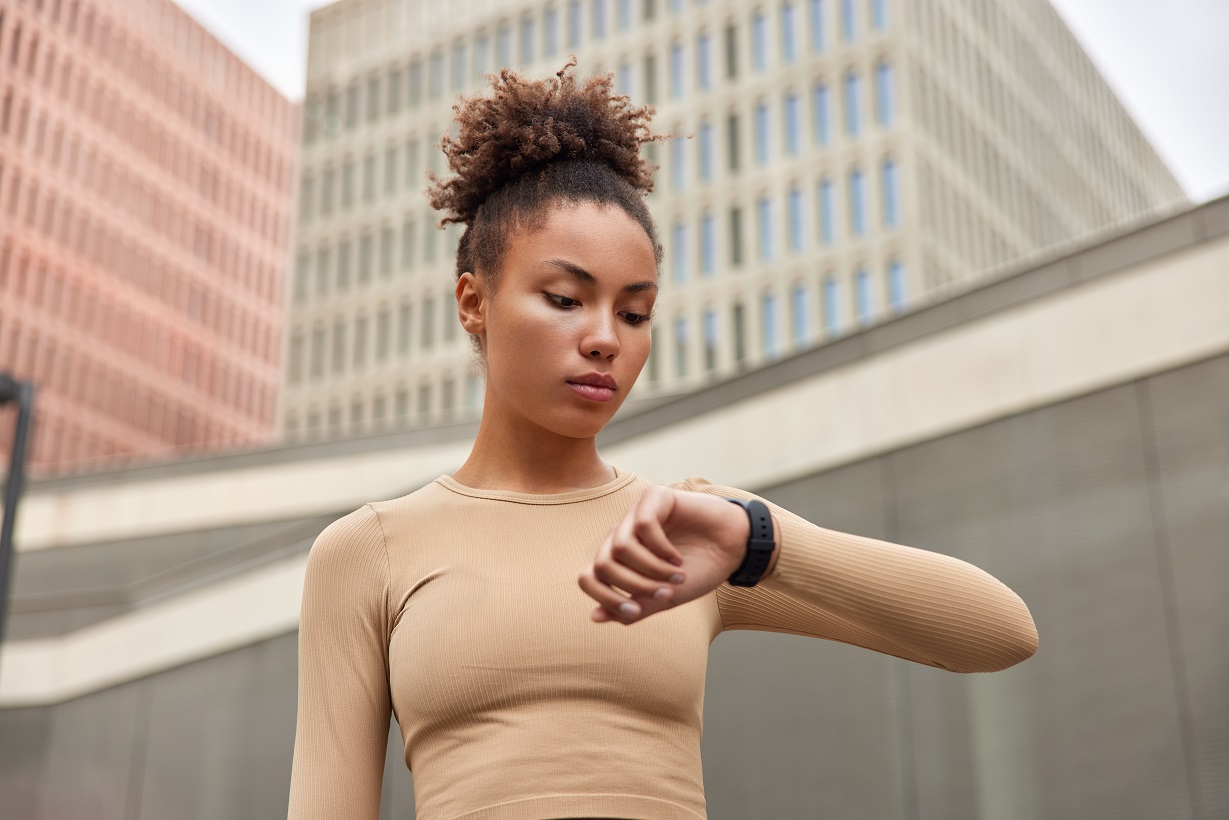How Biometric Technology Is Used to Monitor Athletic Potential

The pursuit of excellence in the world of sports and athletics has led to the integration of cutting-edge technologies designed to optimize performance. Biometric technology has gained prominence in recent years as it offers a deeper understanding of one’s physical capabilities, allowing coaches to fine-tune training regimens and unlock hidden potential.
Biometric Technology
Biometric technology in athletics involves measuring and analyzing an individual’s biological and physiological characteristics. These characteristics include heart rate, oxygen saturation, body temperature, blood pressure and muscle activity. By collecting data from these parameters, biometric technology provides a comprehensive snapshot of an athlete’s condition during training, competition and recovery phases.
Real-Time Monitoring and Feedback
One of the most significant advantages of biometric technology is its ability to provide real-time monitoring and feedback. Athletes use wearable devices, such as heart rate monitors, smartwatches or fitness trackers with sensors that continuously record various physiological factors. These devices transmit data wirelessly to a computer or a mobile application, allowing coaches and trainers to monitor an athlete’s performance and condition immediately.
For instance, heart rate monitors can track an athlete’s heart rate throughout a workout or competition. This data helps coaches ensure athletes work within their target heart rate zone, optimizing training intensity and avoiding overexertion. Muscle activity sensors can identify muscle imbalances or weaknesses, enabling tailored strength training programs. Real-time feedback ensures coaches can make adjustments on the fly to maximize performance and prevent injuries.
Personalized Training Plans
Biometric technology is a game-changer when it comes to customized training plans. By analyzing data collected over time, coaches can gain insights into an athlete’s strengths and weaknesses, recovering patterns and areas requiring improvement. This data-driven approach allows for the creating of highly personalized training regimens that cater to an athlete’s unique needs and goals.
For instance, if an athlete’s biometric data indicates a tendency to fatigue quickly during high-intensity intervals, a coach can adjust the training program to include more aerobic workouts. Additionally, if muscle activity data reveals an imbalance between the left and right quadriceps or another muscle, professionals can prescribe specific exercises to address the issue. These personalized plans are instrumental in optimizing an athlete’s potential and reducing the risk of injury, ultimately resulting in a decline in their physical fitness.
Injury Prevention and Rehabilitation
Biometrics aren’t limited to enhancing performance but also play a pivotal role in injury prevention and rehabilitation. By closely monitoring physiological data, coaches and medical staff can identify signs of overtraining or fatigue, allowing for timely intervention to prevent injuries.
Additionally, biometric technology aids in the rehabilitation process. Athletes recovering from injuries can use these devices to track their progress. For example, a knee injury might require monitoring muscle strength and range of motion. A medical professional can then recommend knee stretches and biometric sensors can provide valuable data to track recovery milestones, ensuring athletes return to their optimal condition safely and effectively.
Elite footballers greatly benefit from biometric technology, as it enables clubs to optimize their training, recovery, and injury prevention strategies. A prime example is Real Madrid, a club that has heavily invested in advanced biometric monitoring to enhance player performance. By utilizing wearable sensors and AI-driven data analysis, the club’s medical and coaching staff can track key metrics such as heart rate variability, muscle fatigue, and hydration levels. This data allows for personalized training programs tailored to each player’s physiological needs, minimizing injury risks and maximizing endurance on the pitch. One notable success story is the rehabilitation of Karim Benzema, who used biometric insights to fine-tune his recovery from muscle injuries, ensuring a quicker and safer return to peak form. This integration of technology has played a crucial role in keeping Real Madrid’s squad at the top level of European football, as reported in Real Madrid News, where the latest updates on the team’s advancements and player conditions are regularly covered.
Biometrics Across the Sporting Spectrum
While biometric technology’s application in mainstream sports is well-known, it’s essential to recognize its versatility across a wide range of athletic disciplines. The adaptability of biometrics means it can cater to the unique needs of athletes, whether they’re training for high-contact team sports like rugby or low-impact sports like pickleball, which has seen a 35% national growth over the past year. This technology is a valuable tool for athletes, coaches and support staff by providing real-time data and actionable insights, regardless of the sport.
The Future of Athletic Potential
As technology advances, biometric technology is expected to become even more sophisticated. Artificial intelligence (AI) and machine learning algorithms will enable a more nuanced analysis of biometric data, allowing for more precise recommendations and predictions about an athlete’s potential. Moreover, the integration of virtual reality and augmented reality will provide immersive training experiences that are guided by live biometric feedback.
Biometric technology can benefit athletes across various sports, from those in mainstream competitions to enthusiasts enjoying a game of pickleball at their local community center. These innovations will shape the future of sports and athletics, transcending boundaries and helping athletes reach their full potential, no matter the sport they pursue.
A Promising Future for Athletics
Biometric technology is revolutionizing the way athletic potential is monitored and enhanced. The remarkable benefits of this real-time data empower athletes and their support teams to achieve peak performance. As the field continues to evolve, one can only anticipate more exciting developments that will shape the future of sports.





Leave a Reply
Want to join the discussion?Feel free to contribute!